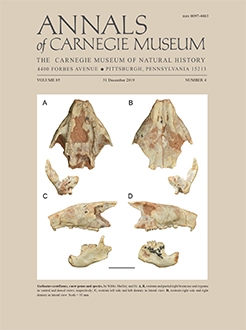Recent claims regarding what is and is not the largest known sauropod dinosaur are tested via dimensional comparisons of the most critical metrics of relative size—especially, when possible, the functional lengths of the dorsal vertebral centra and the articulated length of the combined trunk vertebrae—and analog volumetric models based on technical skeletal restorations. The Cretaceous Argentinosaurus massed 65–75 tonnes, and its dorsal vertebrae and dorsal–sacral series are much larger than those of any other described titanosaur. Specimens of Patagotitan indicate a 50–55 tonne titanosaur, and the less complete Notocolossus, Puertasaurus, and ‘Antarctosaurus’ giganteus appear to have occupied a similar size range. Paralititan weighed between 30 and 55 tonnes. The juvenile Dreadnoughtus, as well as Futalognkosaurus and Alamosaurus, were in the area of 30 tonnes, with the possibility that the last was substantially larger. Entirely analog, skillfully produced, high-anatomical-fidelity skeletal restorations and volumetric models representing a prime-lean condition are approximately as scientifically objective and accurate, as well as more realistic than, analog-digital, crudely-formed convex hull volumetric models, which are based on subjectively and often inconsistently or erroneously mounted skeletons and digitized skeletal reconstructions. The need to ensure that skeletal restorations are as anatomically correct and consistent as the data allow is stressed, which requires that researchers and illustrators be sufficiently skilled in animal and especially dinosaur anatomy, and the procedures and standards for achieving the best possible results are detailed. When properly executed, analog and digital volumetric models produce adequately similar results that can be used to cross-check one another, and both produce accurate masses much more reliably than do methods based on strength factors such as limb bone circumferences or certain other skeletal dimensions that suffer from inherently very high plus-minus factors.
BioOne.org will be down briefly for maintenance on 17 December 2024 between 18:00-22:00 Pacific Time US. We apologize for any inconvenience.
How to translate text using browser tools
31 December 2019
Determining the Largest Known Land Animal: A Critical Comparison of Differing Methods for Restoring the Volume and Mass of Extinct Animals
Gregory Paul
ACCESS THE FULL ARTICLE

Annals of Carnegie Museum
Vol. 85 • No. 4
December 2019
Vol. 85 • No. 4
December 2019
Argentinosaurus
convex hulling
mass estimation
Patagotitan
Sauropoda
skeletal restorations
Titanosauria




